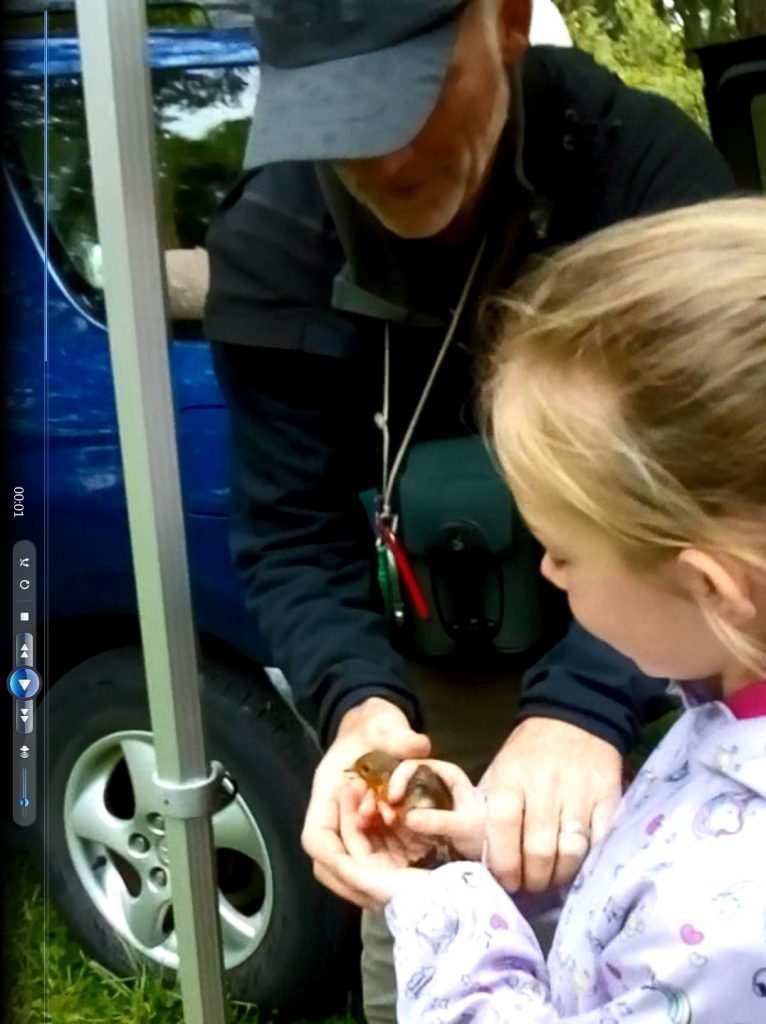
Rose Froud is the Education Supervisor at Ness Gardens. Here, Rose discusses a recent bird ringing demonstration during May half-term.
Watching the face of a child as they release a bird back into the wild is something to behold. A magical moment, such as this, can be the spark that sets off a life-long love of nature or even the seed of a career.
At May half-term holiday bird ringers from Merseyside Ringing Group and Hilbre Bird Observatory carried out demonstrations in the Spinney at Ness. Visitors were allowed (under strict guidance) to release birds after ringing had taken place.
This was not entertainment, it was a serious study because ringing is an important survey method for the purpose of discovering survival rates, productivity and movements of birds, in order to help us understand if bird populations are changing.
It is hoped that by handling a bird in this controlled way people can appreciate the work done to monitor species and maybe become interested to help in some way themselves. All data collected – age of bird, weight, size, sex and whether it has already got a ring number is input into a central data bank administered by the British Trust for Ornithology.
If you would like to find out more about bird ringing or would like to become a bird ringer (there is no lower or upper age limit to becoming one) go to the British Trust for Ornithology website page: https://www.bto.org/our-science/projects/ringing/about-ringing/faqs
Birds captured during the demonstration at Ness – May 2019
| Species | Adult | Juvenile | Total | |
| Blackbird | 2 | 2 | ||
| Blackcap | 4 | 1 | 5 | |
| Blue Tit | 2 | 2 | ||
| Bullfinch | 1 | 1 | ||
| Chaffinch | 1 | 2 | 3 | |
| Great Tit | 3 | 3 | ||
| Jay | 1 | 1 | ||
| Nuthatch | 2 | 2 | ||
| Robin | 5 | 1 | 6 | |
| Song Thrush | 1 | 1 | ||
| Woodpigeon | 1 | 1 | ||
| Wren | 3 | 3 | ||
| Total | 26 | 4 | 30 | |
Ness would like to thank the John Elliott (Merseyside Ringing Group) and Phil Woollen (Hilbre Bird Observatory) for giving up their time and their boundless enthusiasm.

